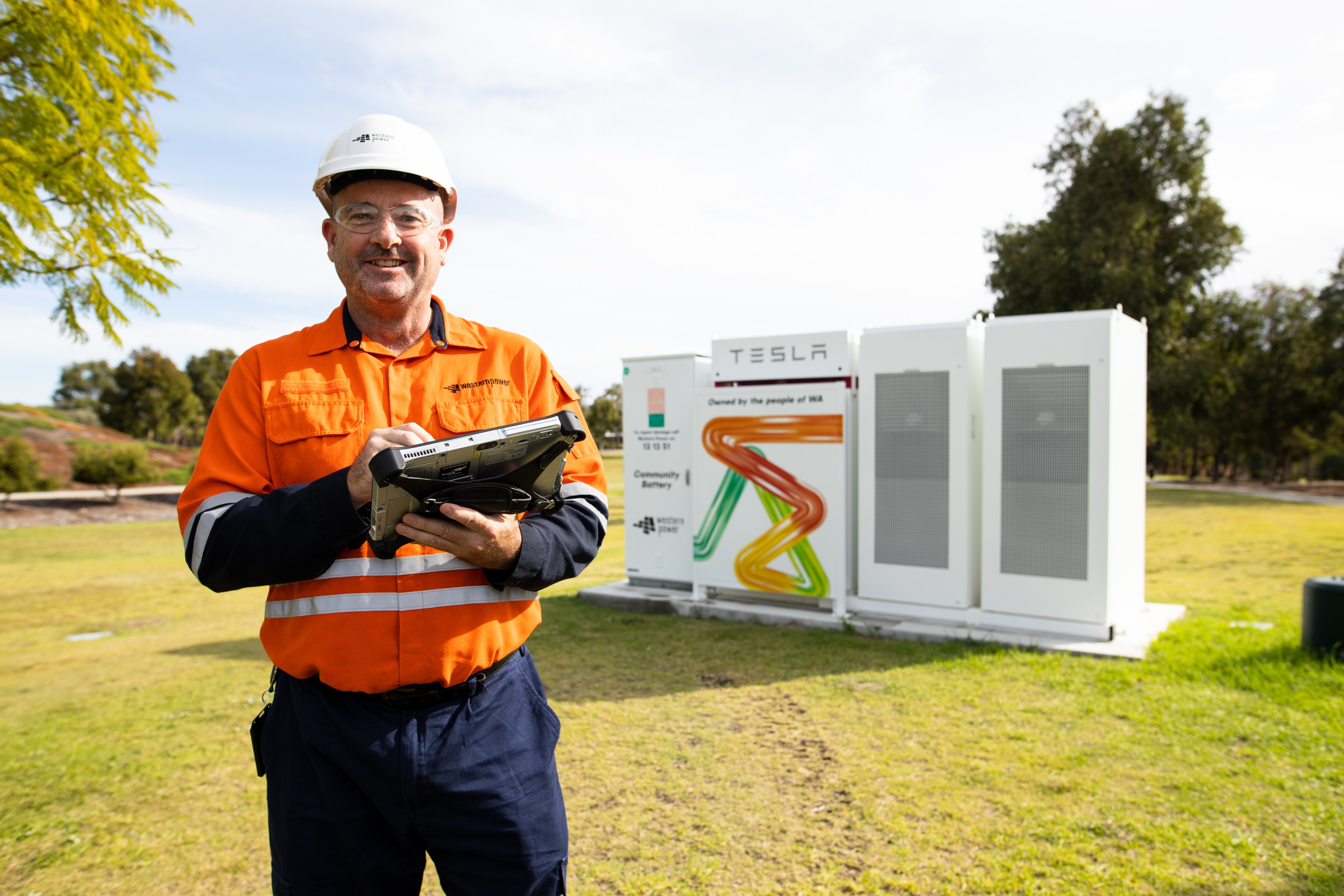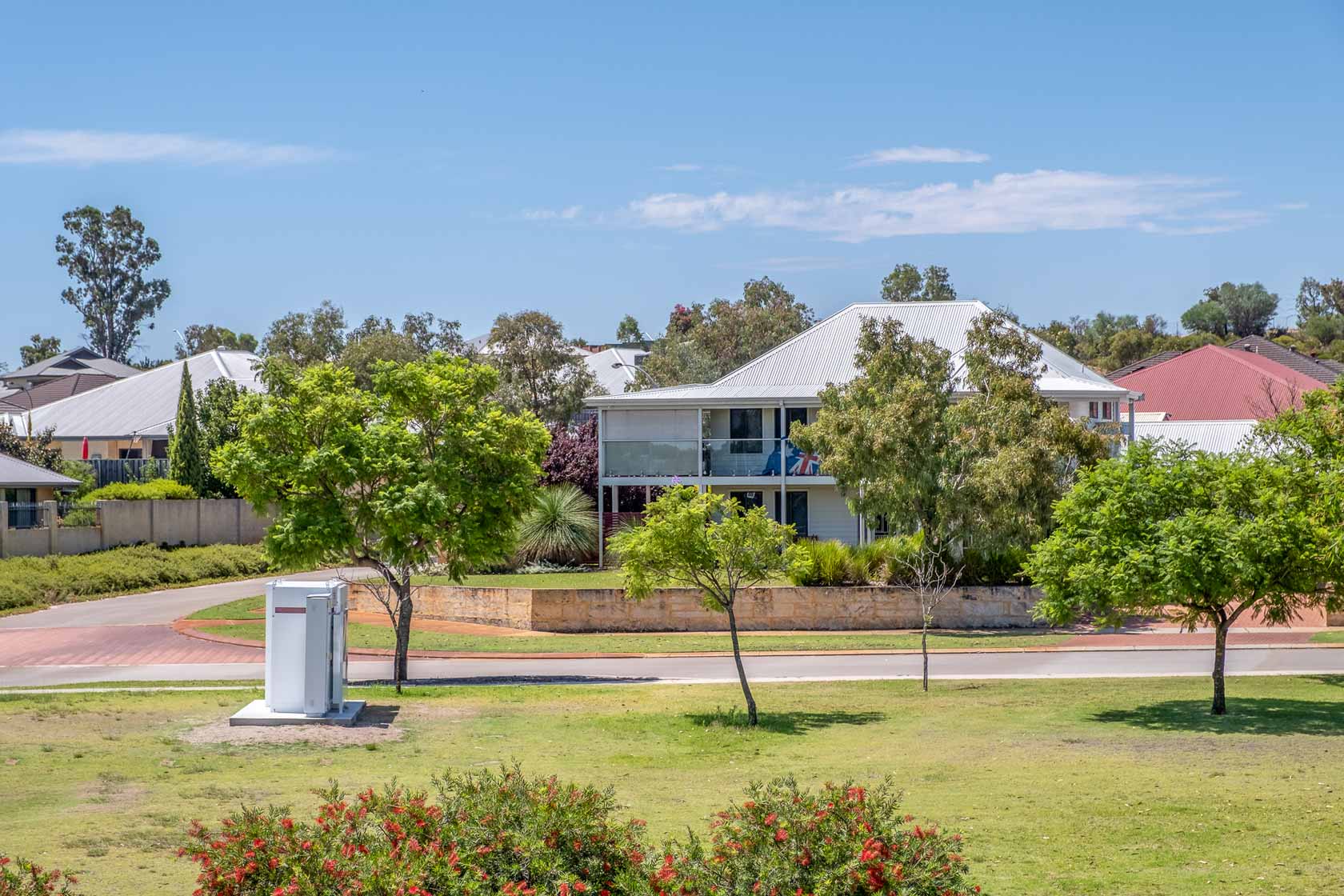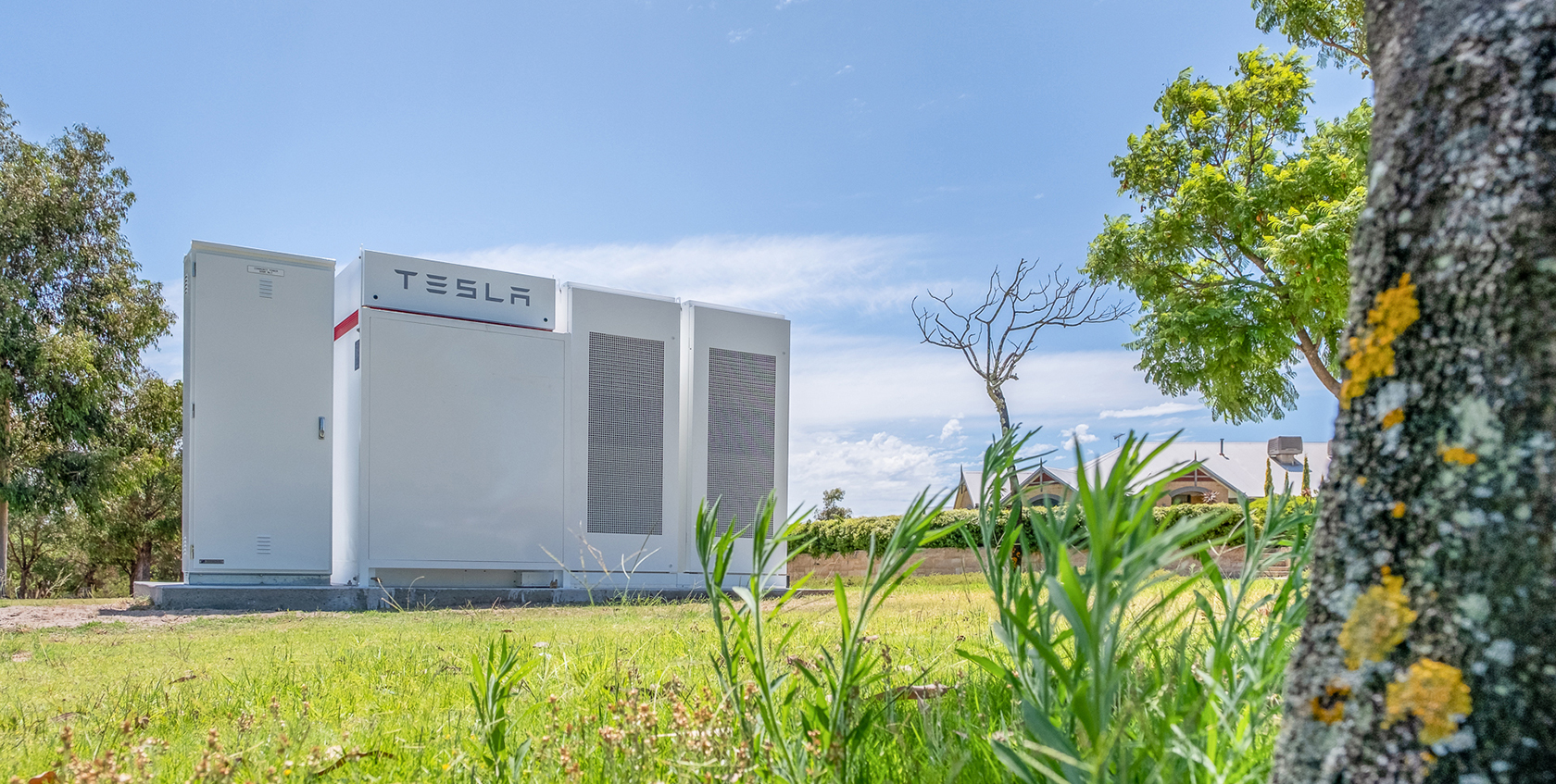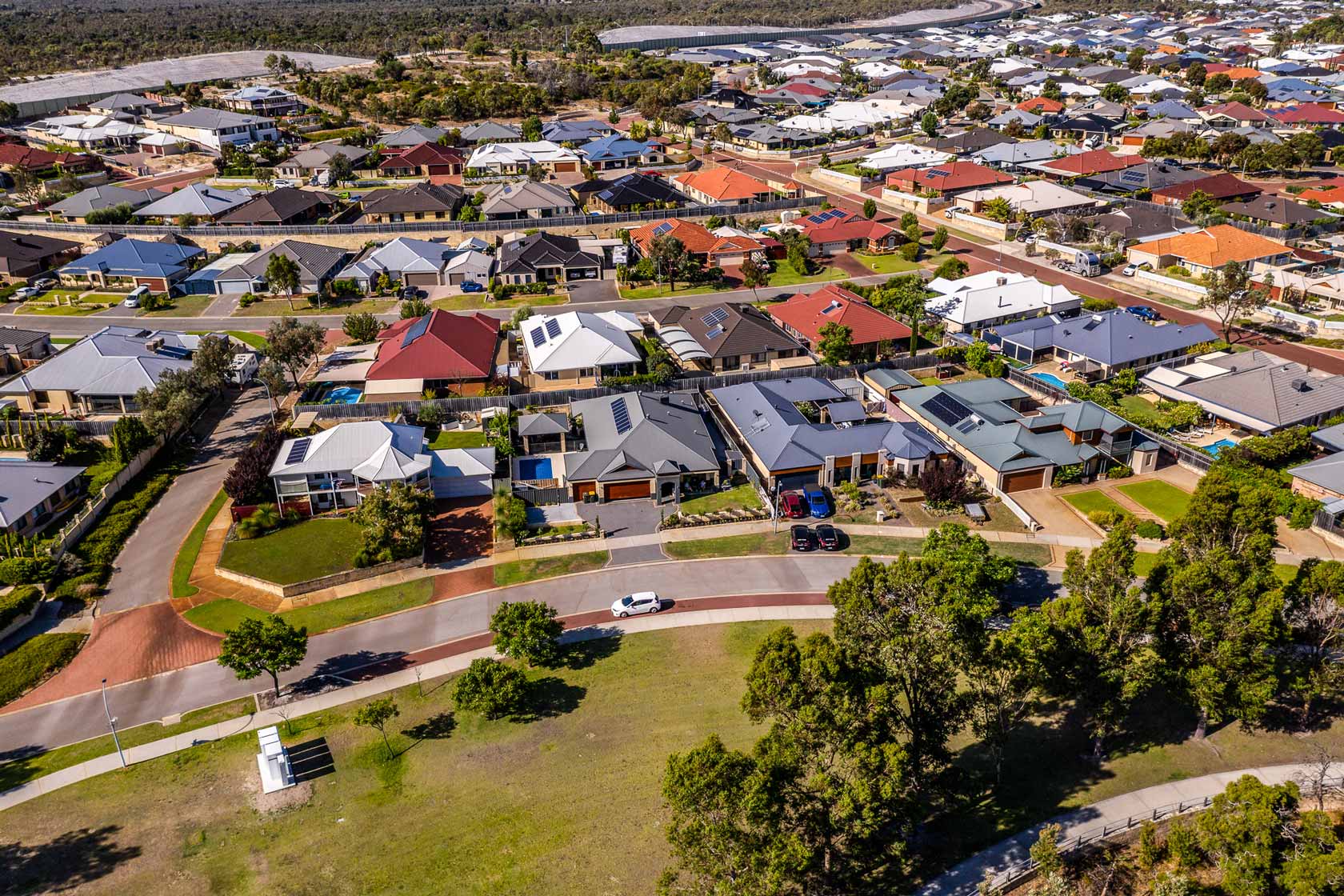
How we determine where to put community batteries
If your home has solar panels making more power than you can use, you’re probably pretty excited about our community batteries that are popping up across metro and regional areas.
So far, we have thirteen community batteries on the network, including Vasse, Kalgoorlie, Margaret River and across Perth metro
Which leads to the question, where next?

1. Where would a battery provide optimal benefit to the community and the grid?
Revana Boodhraj, our Senior Business Development Analyst, is leading a team tasked with working out where to place our next community battery.
She says the location is determined by several factors, with the key one being that the battery provides optimal benefit for local customers in an area and the grid. Community batteries should be a win-win.
2. Is there a lot of two-way power flow in the area?
Modelling work is done by our Grid Transformation team to create a shortlist, mostly in suburbs where there is a lot of rooftop solar. However Revana says it’s not always the most obvious areas that are most in need.
“One of the big things community batteries do is soak up excess solar power being generated by rooftop solar in a particular area,” she says.
3. Is this two-way power flow creating a pressure point on the transformer?
“So the first thing we look for is where there might be a local pressure point on the transformer for the two-way flow of power. So you have homes both using and generating power more power than the, usually older, part of the network and transformer was originally built to handle.
“That’s where we know a battery will be of most use - soaking up excess power and smoothing the flow.
“It’s not always going to be the top 10 suburbs for solar as these might be newer suburbs where new infrastructure and transformers are built to deal with solar loads coming through.
4. Is there old or ageing electricity infrastructure in the area?
“It’s more likely to be older suburbs, with older infrastructure that are likely to have transformers that require support of a battery, which will improve the performance of the network at the point and save us on expensive infrastructure upgrades.”

Finding the right location for a community battery
Having established the area most in need for a community battery, the next step is finding an appropriate location.
Although not particularly large, the battery needs to be safely installed on a flat surface, close to where it can service the transformer and local residents that sign up for storage.
“We need to find flat and unused public space and ensure it fits in with the neighbourhoods aesthetics. We work closely with the relevant councils to meet their needs around the battery location.”
Once a site is selected customers are then recruited to take up the virtual battery storage service. Our current community batteries are managed in conjunction with Synergy, who helps find the right customers.
Can anyone get access to a community battery?
“Although many people would love to be connected to a community battery, it doesn’t necessarily suit everyone... some people use their solar really effectively and gain little from this storage option,” says Revana.
“The type of customers who will get a financial benefit from a community battery generate a lot of solar power in the day but are not be at home to use it. So, it’s about finding customers who can gain real value.
“The grid has the benefit of using the solar from those residents stored during the day, helping to smooth the flow.
“We’re planning to have 12 batteries active in communities by the end of the year.* As we roll more out after that point, it’s likely that the parameters for how we decide where batteries are located may shift, but the ultimate outcome will always be a win for customers and for the grid as well.”
- As of December 2020, we have 13 community batteries across the grid.
